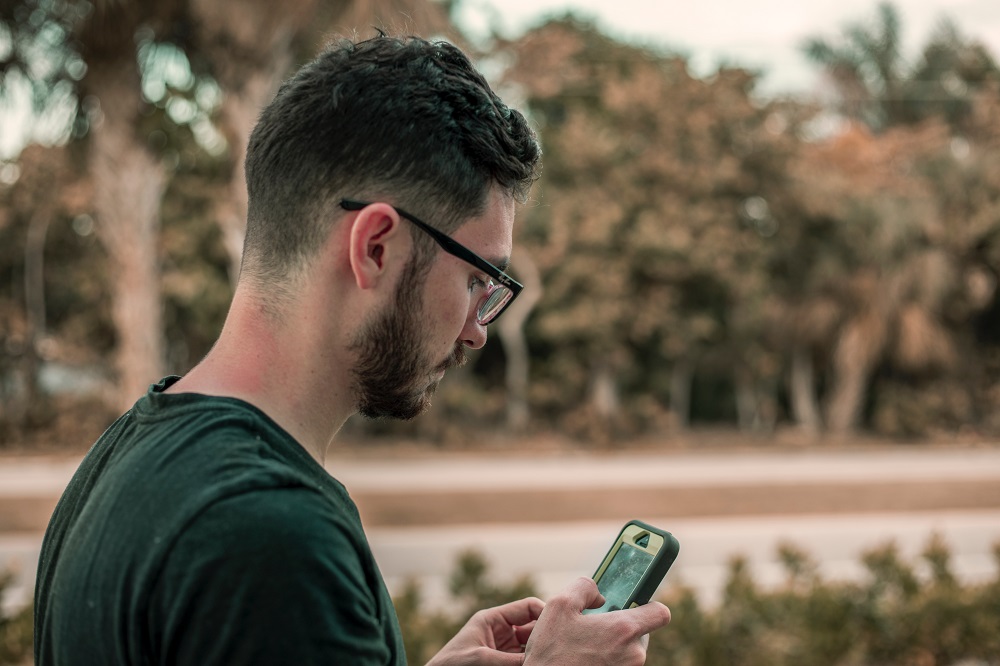During the Summer term 2019 we worked closely with the Year 4 class at Scawby Academy using DB Primary to support the development of digital citizenship. The specific focus of our project was to use a forum to develop ways of communicating and collaborating online, to gain a greater understanding of data and privacy and to improve online safety.
The project ran for about seven weeks with the half-term break marking the mid-way point.
The children had some prior knowledge of DB Primary but had not engaged with it for some time. This was partly due to circumstances including a focus on some newly introduced technology and a lack of teacher confidence in teaching IT and using technology effectively and more specifically understanding how to use DB Primary effectively.
The project was jointly planned and involved some team teaching led by a member of the New Era Education team and other lessons led by the class teacher.
Engagement
Children engaged with the project with enthusiasm from the beginning. They enjoyed exploring the platform and having structured activity supported this. Using a detective trail/treasure hunt approach to find things out was a good route for familiarization.
Children’s online communication improved with intervention.
The children’s standards of communication improved during the project as expectations were shared and good examples were modelled. There were fewer off-task posts and generally more focused responses in response to effective teacher interventions.
Teacher intervention, modelling and sharing, especially through the Interactive Whiteboard was an essential and effective way of influencing children’s online behaviour.
Understanding data and digital footprints
This was a hugely successful area of the project but would need further work to cement this properly. The ability to access and share (through the Interactive Whiteboard) the DB Primary audit trails was invaluable. Most children had no idea that their online activity could be, and was being tracked, in this way.
Through the project the children developed the concept that the information that they actively give is just a fraction of that available online. They do not know how they are able to control this in some settings however, and this would need to be built over time. Although they cannot change the privacy settings within DB Primary, the visibility of their activity is set out in their personal profile.
The activity in deleting a forum thread (having saved its content) was an invaluable mechanism for children understanding digital footprints and the difficulty of removing information from the Internet. Children seeing their own posts, that they believed were deleted and not possible to retrieve was a very strong learning activity for the children. It was powerful because it directly related to their personal activity.
Children made mistakes despite knowing not to share personal information
Prior to the project the children already knew that not sharing personal information is important to staying safe. They also had a clear understanding of what constitutes personal information. However, as with many things, what is said often doesn’t reflect what is done in the real world.
Therefore, it was not surprising that there were incidents where children shared personal information online.
In one case there was no specific reason why the child shared their information, other than it was something to write about on their personal profile. In a second case, the child had responded to a post and fell into a carefully laid trap, whereby ( a fake profile created as part of the project) Mason appeared to have shared some of his own personal information but did not request any information in turn. This approach was quite disarming. Children are naturally trusting and do not have the awareness that age and experience brings. They take things far more at face-value. When discussing with children about sharing personal information they expect others to ask for it outright, so when the approach is opaque and indirect, they don’t necessarily recognize it for what it is. Why more children did not share information is probably more to do with them not coming across the specific posts made by Mason rather than them recognizing them as attempts to extract information.
We would conclude that it is not only important to teach children about not sharing personal information, but also teaching ways in which others may attempt to acquire it from them. It is essential that children are given a safe environment in which mistakes may be made but rectified with no resultant damage and where activity may be tracked, and trusted adults can make timely and effective interventions.
Children frequently have technical capabilities that outstrip their understanding of its effective and safe use.
The children’s ability to quickly and readily access different areas of the platform was evident in the first session. Their understanding of the visibility of their posts, the extent to which they could be captured and shared (even in private communication), digital footprints and the nature of data collected online were all under-developed by comparison.
Project Conclusion
Overall the project was very successful, and the children learned many valuable lessons through first-hand experience of communicating and collaborating online. The most valuable outcome was the ability to put into practice some of their key learning and being able to test it to the maximum. Teacher intervention is a critical part of learning to stay safe online.

 Australia
Australia Canada
Canada LATAM
LATAM New Zealand
New Zealand UAE
UAE United States
United States




